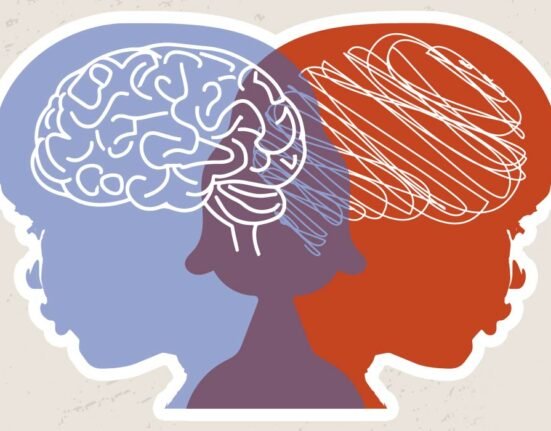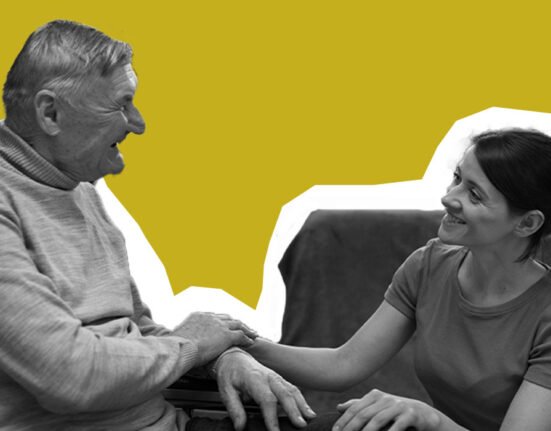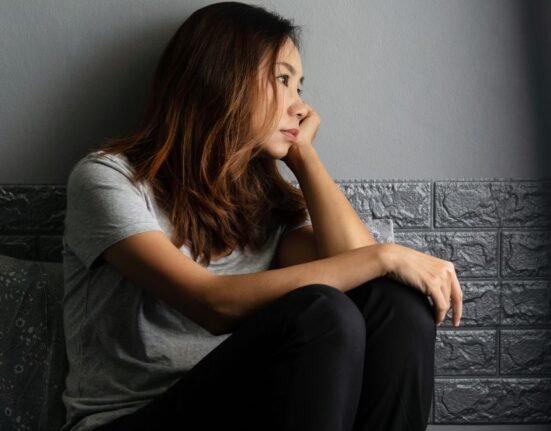What would you feel if you found out that there exists a mental disorder that causes the affected person to live in extreme squalor?
Diogenes syndrome or senile squalor syndrome consists of the person living in seriously unhygienic surroundings with extreme signs of self-neglect, personal hygiene, and isolation from society. They may also engage in extreme levels of hoarding and some of the affected people may display signs of catatonia. The name Diogenes syndrome is derived from the Greek philosopher Diogenes who was believed to be found living in a barrel. But historians quote him to be a minimalist who never showed any signs of extreme hoarding or unhygienic living.
Thus, this can be considered as an example of a misnomer. Diogenes syndrome is identified not as a specific disease, hence lacking actual recognition as a mental health disorder from ICD and DSM-5 to date. It is a neurobehavioral syndrome, nonetheless, necessitating a clinical diagnosis and treatments. The understanding of this illness is to date not fully developed. Although doctors, psychiatrists, psychologists, and others have been aware of it for several decades, little research has been done on the disorder’s symptoms or underlying causes. While the diagnosis of neurobehavioral illness has been made and verified, the precise relationship between the symptoms presented by the affected person and their neurological health or foundations has not yet been fully determined and tested by science.
Symptoms:
Some of the commonly displayed symptoms that can be identified to mark the onset or the existence of Diogenes’ syndrome are:
- Rashes on the skin due to infestation of lice or pests
- Unkempt hair
- Malnutrition
- Serious Dehydration
- Body odour
- Extreme levels of hoarding
- Unhygienic surroundings
- Unkempt and filthy home environment
- Lack of shame about the filth
- Hesitation to take help or medical support
- High levels of self-neglect
Causes:
Diogenes syndrome can be divided into 2 categories: primary and secondary. Primary Diogenes syndrome can be defined as one that does not occur simultaneous to the onset of any other mental disorders while the latter’s diagnosis is coupled with that of any other mental disorder. Both categories account for about 50% of the diagnosed cases in the case registry.
Diogenes syndrome can also be triggered in an individual due to some personal tragedies or major life changes. Loss of a parent, spouse or any loved one in one’s life, and even major changes in one’s life like retirement or divorce can trigger these symptoms and can cause the affected person to lead a socially isolated life and develop hoarding symptoms. Medical conditions like stroke, arthritis, mobility problems, depression, substance abuse, dementia, etc. may also serve as risk factors that can kickstart the onset of the mentioned symptoms. Since the disorder is not yet classified as a major mental illness, the above-mentioned symptoms, since they also commonly belong to other mental illnesses like compulsive hoarding or even schizophrenia, are mostly checked and diagnosed for these disorders rather than exclusively for Diogenes’ disorder. As a result, Diogenes’ disorder is viewed as a collection of symptoms rather than a singular, unique condition.
Treatment
Since most people affected and suffering from extreme levels of disorders may be indifferent to the idea of treatment or medical support or maybe even hesitant about seeking professional help, treating this bunch of people can never be an easy task. Living in such filthy and unhygienic conditions can not only bring huge turmoil to the mental and emotional health, it can also put them at risk of developing physical illnesses that could turn life-threatening. The development or onset of any resultant physical illnesses must be initially done to ensure that their bodily processes are not affected. If there exists any such discrepancy, it should be ensured that those are cleared first with adequate treatment.
If they are found to be stable and capable enough to follow these instructions by themselves, behavioural therapies can be suggested and implemented. Since most of these patients may also develop anxiety and even depression along with these problematic symptoms, treatment methods should be inclusive to treat these as well. They must be suggested to receive inpatient treatment for effective recovery. They can also be suggested or referred to take part in group therapy or support groups as this may help them cope with social situations especially when they suffer from social isolation and self-neglect symptoms.
Existing Literature
Even though there exists a huge dearth of scientific research pointing towards the actual root causes of the disorder and its biological groundwork, some recent publications can help us delve deep into the possible precautions or lifestyle changes one should undertake to avoid falling prey to the disorder. The Hoarder in You: How to Live a Happier, Healthier, Uncluttered Life is a book written by Dr Robin Zasio in November 2012. Dr. Zasio is a psychologist whose major area of study and intervention remains hoarding disorders. The book explains various useful tips and techniques to curb hoarding tendencies and goes into additional detail on how to manage compulsive feelings that lead to the hoarding of needless items. This advice and strategies can be implemented when one is found to slip into the disorder as they are relevant to hoarding habits and self-neglect symptoms exhibited during the disorder.













Leave feedback about this